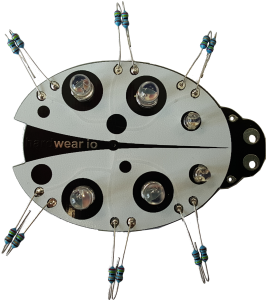Digital networking is already widespread in many areas of life. In the healthcare industry, a clear trend towards networked devices is noticeable, so that the number of high-tech medical devices in hospitals is steadily increasing.
In this blog post, we want to elucidate a vulnerability we identified during the security assessment of a patient monitor. The device sends HL7 v2.x messages, such as observation results to HL7 v2.x capable electronic medical record (EMR) systems. A user with malicious intent can tamper these messages. As HL7 v2.x is a common medical communication standard, we also want to present how this kind of vulnerability may be mitigated. The assessment was part of the BSI project ManiMed, which we would like to present in the following section.
Continue reading “Medical Device Security: HL7v2 Injections in Patient Monitors”
Continue reading